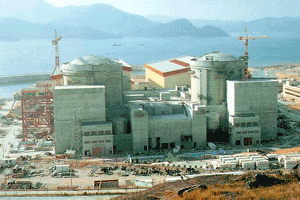RCA News


RCA News
View
| Fastest Growth in Asia - Climate Change and Economics are Factors IAEA-DG M. ElBaradei foresees Nuclear Power's Changing Future At Int'l Conference on 50 Years of Nuclear Power, Moscow | |||
|---|---|---|---|
|
Name
admin |
Date
2005.03.15 |
Views
4092 |
|

(Source: IAEA)
The IAEA reports that although four Western European countries have decided to shut down their nuclear energy plants, the future of nuclear energy in Europe and North America is still far from clear, during a period when energy needs and concerns over global warming are both rising. Only one new NPP is beginning construction in Western Europe. No new NPPs are planned in North America, although that could change very soon.
"The more we look to the future, the more we can expect countries to be considering the potential benefits that expanding nuclear power has to offer for the global environment and for economic growth," IAEA Director General Mohamed ElBaradei said in advance of a gathering of 500 nuclear power experts assembled in Moscow for the International Conference on Fifty Years of Nuclear Power - the Next Fifty Years (27 June - 2 July).
"The decision to adopt nuclear power cannot be made on a 'one-size-fits-all' basis," Dr. ElBaradei added, "New nuclear plants are most attractive where energy demand is growing and alternative resources are scarce, and where energy security and reduced air pollution and greenhouse gases are a priority. But some countries have rejected nuclear power in their energy mix because of concerns about safety and waste."
The Conference examines the status and future of nuclear power 50 years after the first nuclear energy producing plant came "on-line," at a plant near Moscow in the then Soviet Union on June 26, 1954.
For more and full text, please visit http://lists.iaea.org/mailman/listinfo/prelease
Attachments



